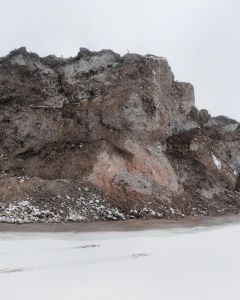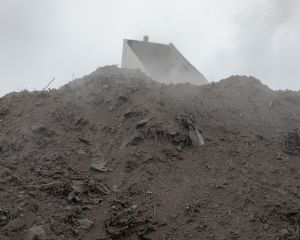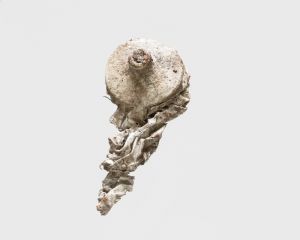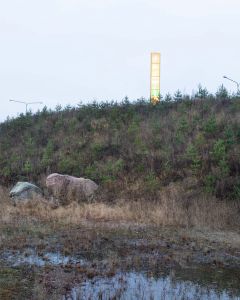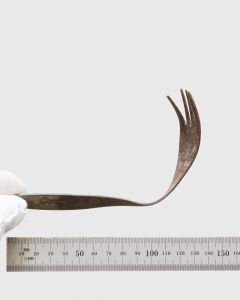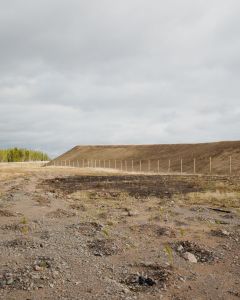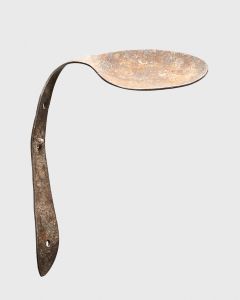THIS DOCUMENTARY PROJECT is about the effects of waste incineration and the reuse of ash materials in Finland. Reuse of incineration ash will play an important role in the future since it is the most common type of waste.
Incineration has been a common waste processing trend in Finland. The amount of waste delivered to landfills has diminished and ash processing plants have replaced the open landfills.
Once metals are removed from the waste, the remaining ash can be reused as gravel. Fresh gravel is cheaper and usually has better availability than recycled materials such as incineration ash. There is an environmental concern about the usage of ash in excavations as traces of metals and minerals can still dissolve into local waters. Due to this, there are restrictions to the usage of the material.
Route 7 from Helsinki to the Russian frontier has multiple sound barriers filled with incineration ash. Sound barrier 421 contains 6400 m3 of bottom ash from waste incineration. The rainwater that flows through the barrier is collected to a drain from which it is then directed to the Baltic Sea.
DOKUMENTTIPROJEKTI KERTOO jätteenpolton vaikutuksista ja jätetuhkan uusiokäytöstä Suomessa. Polttojätteen uusiokäytön merkitys kasvaa edelleen tulevaisuudessa, sillä se on yleisin jätetyyppi.
Jätteenpolttoon siirtyminen on ollut yleinen trendi suomalaisessa jätteenkäsittelyssä. Tämän seurauksena jätemäärät kaatopaikoilla ovat pienentyneet samalla kun kadonneiden jätevuorten tilalle on rakennettu tuhkan ja kuonan käsittelylinjastoja.
Metallien poiston jälkeen kuonaa voidaan käyttää korvaaman soraa. Neitseellinen maa-aines on kuitenkin edullisempaa ja yleensä helpommin saatavaa kuin kierrätysmateriaalit. Lisäksi polttojätteen käyttöä maanrakennuksessa on ympäristösyistä rajoitettu, sillä siitä voi liueta edelleen metalleja ja mineraaleja paikallisvesistöihin.
There are several noise barriers filled with combustible waste along Highway 7 leading from Helsinki to the Russian border. For example, noise barrier 421 contains 6,400 Cubic meters of bottom slag. Rainwater that filters through the rampart is collected and eventually discharged into the Baltic Sea.
